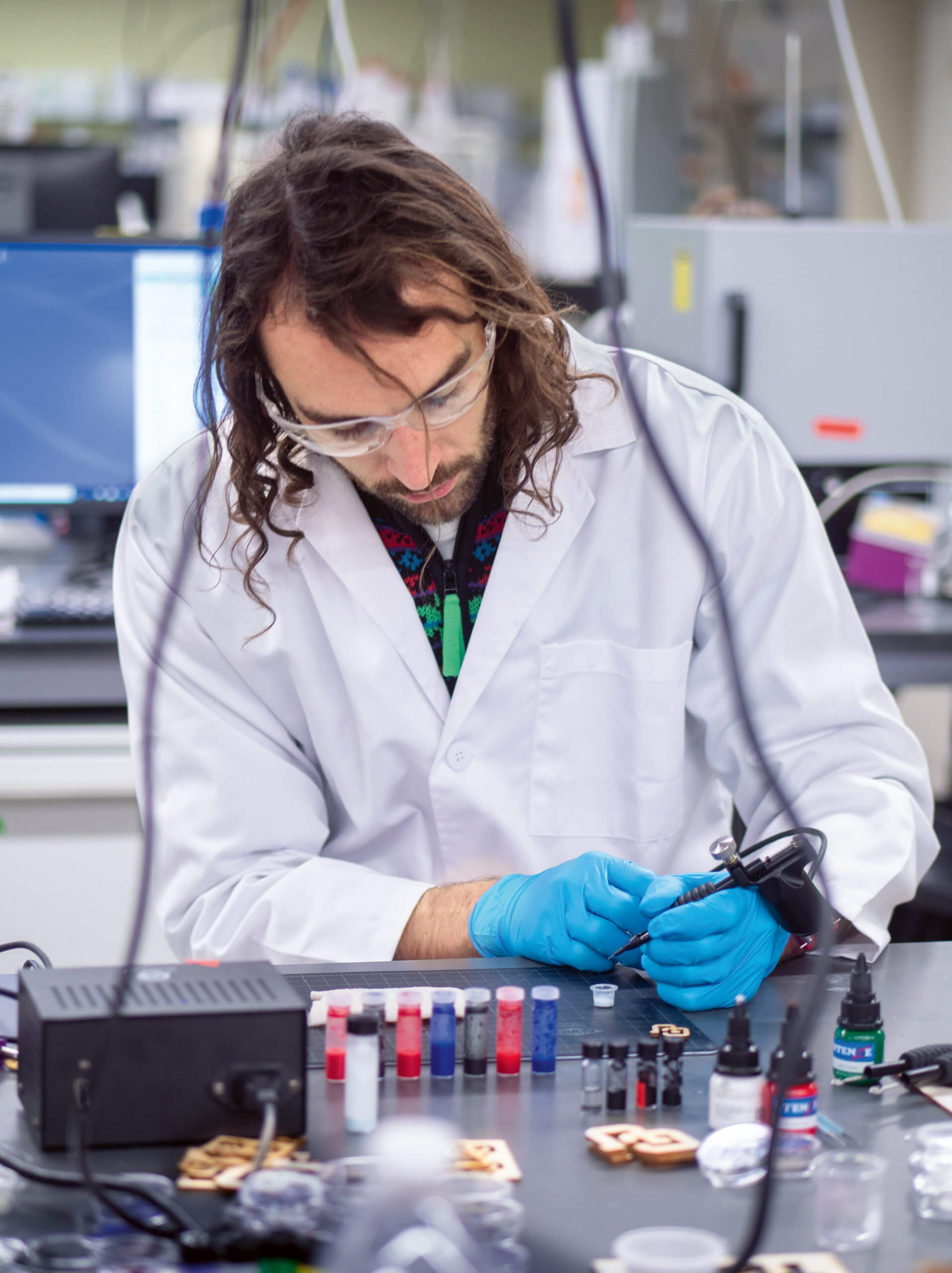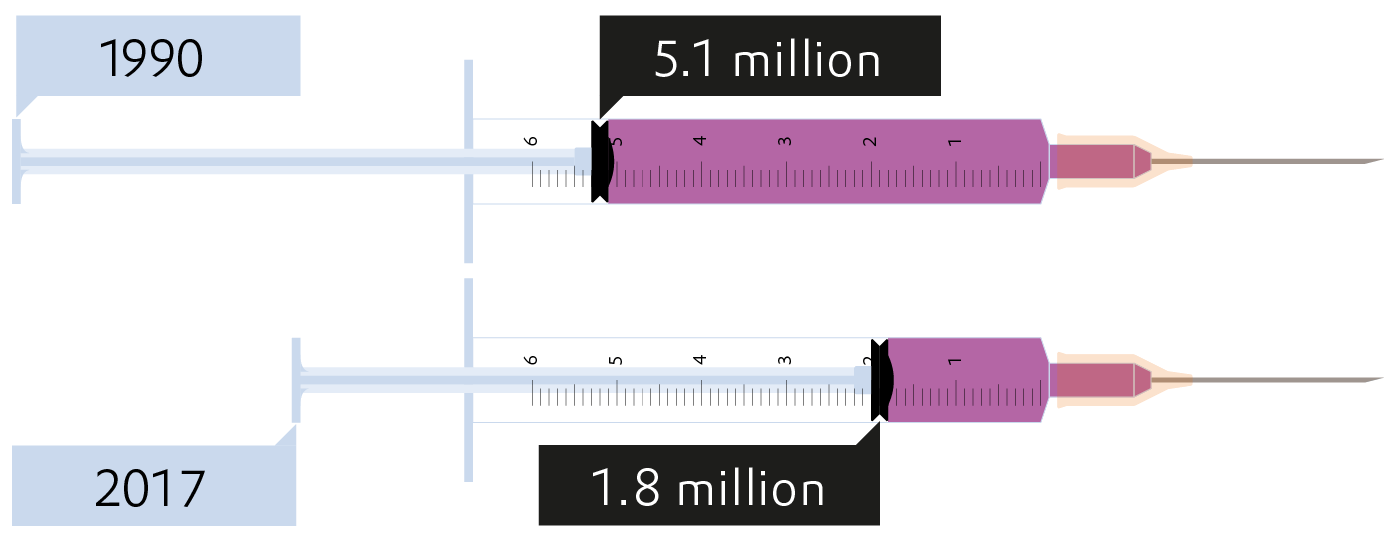
Perspectives
On solar recycling and cooling with wood
Vegan imitation leather, CO2 storage units on truck roofs, and plastic recycling by means of sunlight: Innovations from research.

Polyamide 12
People and visions: 3D Printing
In focus: Innovations in additive manufacturing – and the people who are driving this mega trend.

Innovation culture
People and visions: Innovations for daily life
In focus: Inspiring people whose innovative ideas have enriched our daily lives.

From YuMi to BINA48
Visions of a smart future
Find out why Astro Teller celebrates failed projects and how the robots Bina48 and YuMi get close to human beings.
ELEMENTS Newsletter
Get fascinating insights into the research Evonik is conducting, and its social relevance, by subscribing to our free newsletter.





